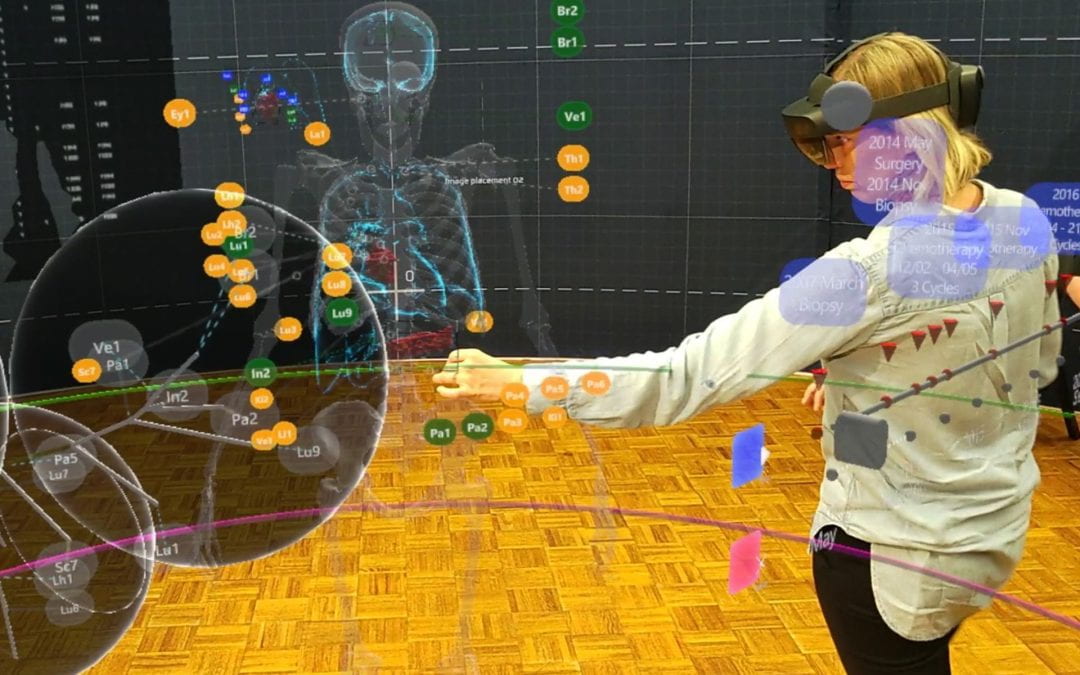


New Zealand coastline mapping, monitoring and updating – Resilience to Nature’s Challenges (RNC)
New Zealand coastline mapping, monitoring and updating – Resilience to Nature’s Challenges (RNC) Dr Emma Ryan, Senior Lecturer, Prof Mark Dickson, School of Environment Home • Archive for "case study" Coastal change since 1940s,...
Generating 3D point clouds of Māori stone artefacts for machine learning training
Generating 3D point clouds of Māori stone artefacts for machine learning training Dr Mike laverick, Senior Solutions Specialist, Centre for eResearch Reconstruct broken cultural artefacts The project was a collaboration between Archaeology, Bioengineering and...
Automating data collection and generation for the Rongowai mission
Automating data collection and generation for the Rongowai mission Dr Mike laverick, Senior Solutions Specialist, Centre for eResearch CeR helps support a wide range of digital research services at the University of Auckland including software upskilling, research...
Māori Pronunciation Aid Tool
Māori Pronunciation Aid Tool The Curious Minds development team:Prof Catherine Watson, Isabella Shields, Department of Electrical, Computer and Software EngineeringAssoc Prof Peter Keegan, Te Puna Wananga Dr Justin Hui, Mechanical and Mechatronics Engineering Brooke...
Seeding Through Feeding (SUN) project in High Value Nutrition – National Science Challenge
Seeding Through Feeding (SUN) project in High Value Nutrition – National Science Challenge Principal Investigator: Professor Clare Wall, University of Auckland Home • Project Background The aim of this research is to explore the impact of...
Building resilience in young people through sensing technology
Building resilience in young people through sensing technology Dr Rosie Dobson,1,2 Taria Tane,1 Melanie Stowell,3 Prof Judith McCool,1 Prof Warren J,4 Prof Robyn Whittaker.1,21. School of Population Health, University of Auckland, New Zealand2. Evidence, Research and...
The impact of upzoning on housing construction in Auckland
Housing has become prohibitively expensive in many of the world’s major cities, precipitating serious and widespread housing affordability crises

Extended reality is turning cancer research into a team sport
The Mixed-Reality tool for the Tumour Evolution Project is a unique, real-world application of design in cancer research.

Analysis of incidents on New Zealand beaches
The main hazard on beach incidents to humans occurring on open coast beaches is identified with the presence of rip currents, while other hazards related to beach activities tend to play a minor role.